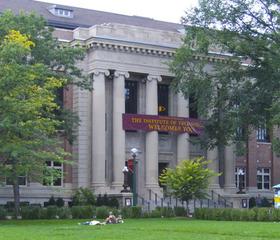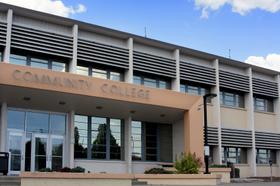Students who are serious about earning a four-year degree will find that community college may be a good place for them to begin the process. Thanks to “2+2” programs cropping up across the country, students can now enroll in community college with their eyes set on goals after the associate degree is earned. Through partnerships with nearby universities and online programs, students have a precise educational direction that starts at community college and continues on through the four-year degree program. We’ll take a look at what a 2+2 program offers community college students, as well as examine some of the 2+2 programs going on around the country today.
What is 2+2?
According to a report at the Grand Island Independent, a 2+2 program is one that begins in a community college, with a two-year associate degree or certification program. Coursework taken at the community college then transfers to a four-year program, allowing the student to complete a bachelor’s degree in the same amount of time it would have taken if they had gone to the four-year institution right out of high school. Because the program is a partnership between the schools, students enter community college with a four-year end in sight and select courses at the first institution that will help them to achieve their ultimate goals.
The community college and four-year school work together to ensure all of the courses they offer complement each other for an overall, comprehensive degree program.


































































